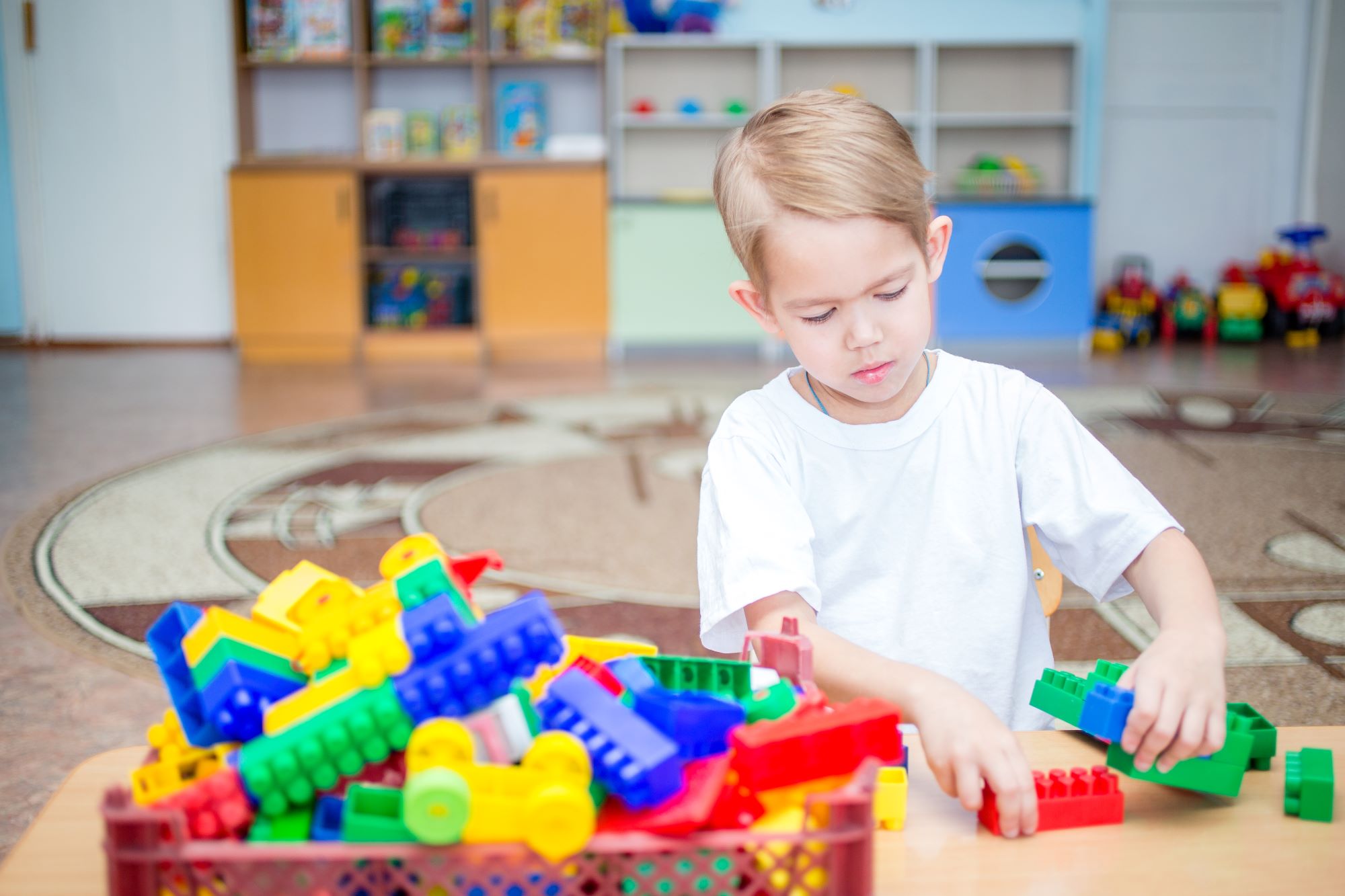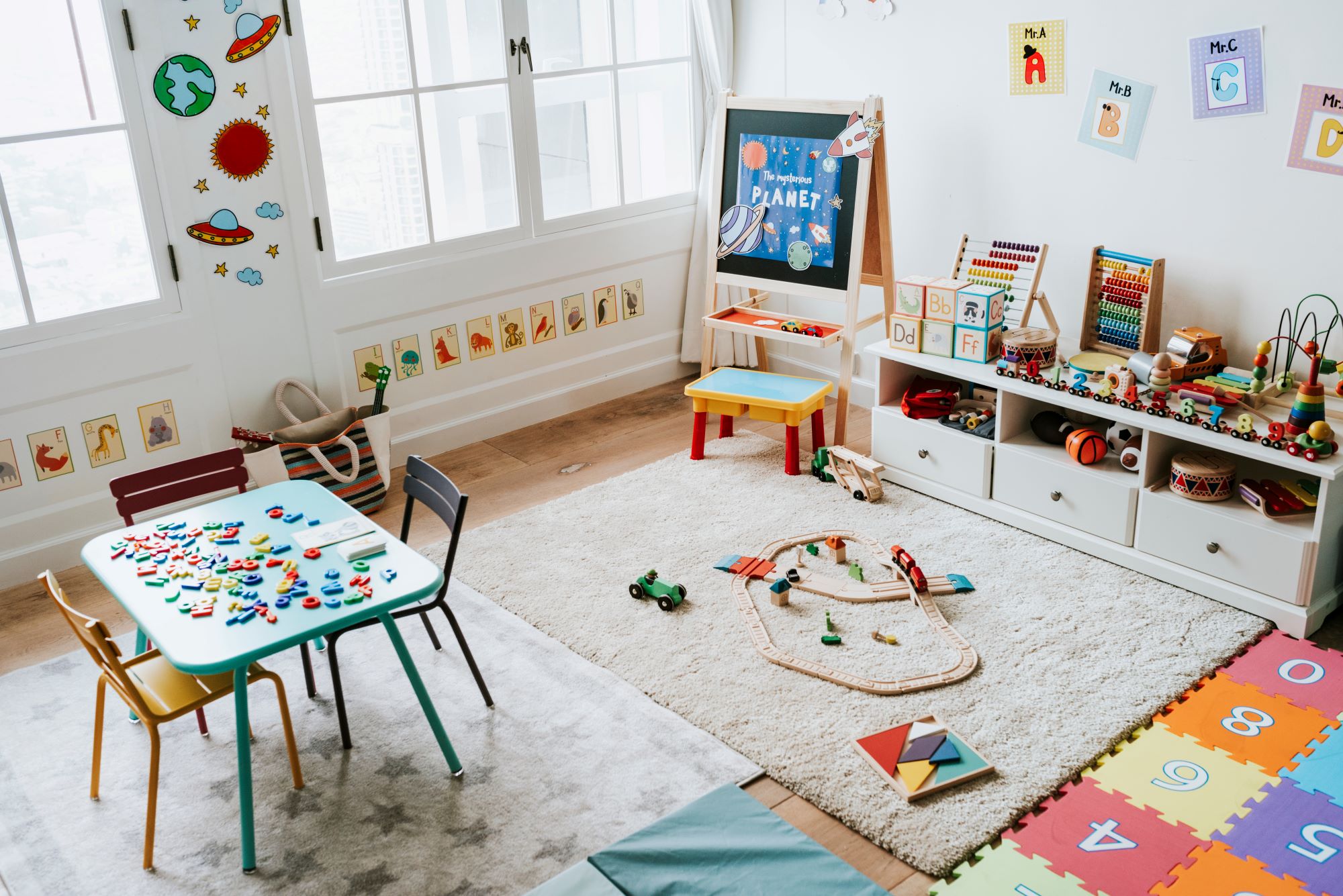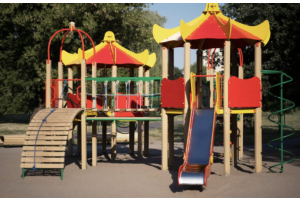How To Choose A Learning Facility For Your Toddler

When it comes to picking the right school for your toddler, it's a big decision that will affect their growth. It would be best if you looked at the teaching curriculum, the learning atmosphere, and how qualified the staff are at your local learning facility. It's also important that the school's teaching methods align with your own beliefs.
See how current students behave - this gives you a good idea of what the school is really like. Understanding these factors will assist you in making a better choice. This article will discuss these points in more detail.
Examine The Curriculum and Learning Environment
Focus on the curriculum and atmosphere. It needs to promote suitable learning and development for the child's age. Check for interactive activities such as music, art, and field trips.
Examine the learning space. There should be ample room for active play and calm areas for quieter activities. Safe furniture and secure outdoor spaces are essential for various games and activities.
Observe staff and student interactions. These interactions can give clues about whether the center matches your child's learning style. Teachers adept at providing individual attention, like those at The Jupiter School or other similar facilities, are essential. Note how much outdoor time they include in their curriculum, as it aids in brain development.
Check Their Staff Qualifications and Student-to-Teacher Ratio
When choosing a learning facility, look at the staff's qualifications and the student-to-teacher ratio. The staff should possess comprehensive training in early childhood education to ensure quality care. Ensure that only certified teachers are employed for the safety of your toddlers. The student-to-teacher ratio matters, too.
Smaller ratios mean more one-on-one time with teachers who understand each child's needs. Larger ratios might lead to overcrowded classrooms and less connection between teachers and students. Ideally, the ratio for toddlers should range between 4:1 and 5:1.
Staffing levels affect educational outcomes and student well-being. Teachers with knowledge about early development provide better education through activities tailored to each child, fostering emotional resilience.
A higher number of staff members typically results in better bonds with toddlers, facilitating their adjustment to changes such as toilet training or sleeping away from home. So, when picking a childcare center for your toddler, do your homework. Look into the curriculum, staff qualifications, and student-to-teacher ratios to find the best place for your child's needs.
Determine Their Health, Safety, and Cleanliness Standards
Health, safety, and how clean the learning facility is are something every parent should take note of when visiting any type of learning center. The institution should prioritize health, safety, and cleanliness. This could mean that the staff knows first aid and CPR, there are practice fire drills and plans for emergencies, and maybe even video cameras for security.
The center needs to maintain cleanliness to prevent the spread of germs on surfaces. They should also have the right medical staff to handle any health problems. The center should be clean and tidy, with enough room for kids to play without bumping into things.
It should be easy for wheelchairs to get around and shouldn't be too dusty or noisy. The furniture must be strong enough for toddlers and meet local safety standards. Finally, the center must maintain strong hygiene standards, ensuring frequent hand washing and proper handling of tasks such as diaper changing.
Parental Involvement and Communication
Parent involvement and good communication are key to the best learning environment for kids. This suggests parents should actively participate in the process of choosing the learning center and should cultivate effective working relationships with the staff.
Clear rules and goals between parents and teachers ensure everyone is on the same page, which can make things better for the child. Regular talks with teachers about how the child is doing at home and at school are also important.
If needed, this can happen through daily updates, meetings, emails, calls, or even video chats. This helps build trust and makes sure everyone knows how to best support each child's unique needs.
Parents should also look for centers where they can be part of activities like volunteering or special projects. This lets them stay in touch with their child's growth and build a community with other families. When parents and teachers work together for the same goals, it helps kids reach their best potential and have fun while doing it.

Takeaway
Choosing a learning center for toddlers involves evaluating the curriculum, the learning environment, staff qualifications, and the student-to-teacher ratio. Also important are cleanliness, safety, and parent participation. Each child is unique, so find their best fit.
By considering these factors, parents can be sure their child will receive a quality education in a safe, nurturing environment.






